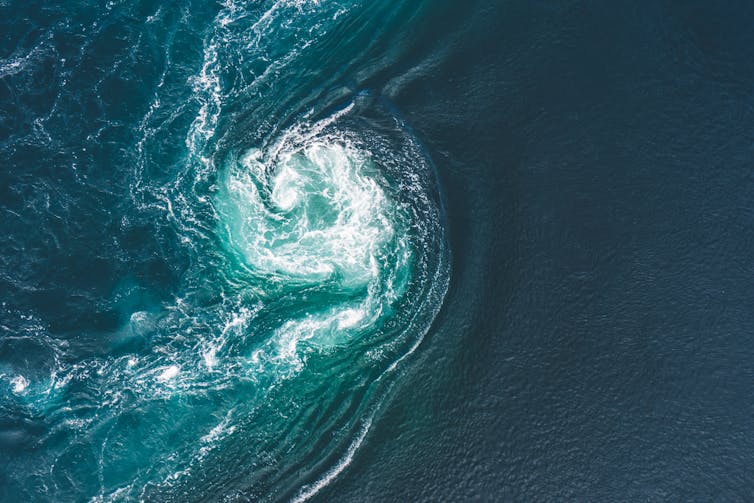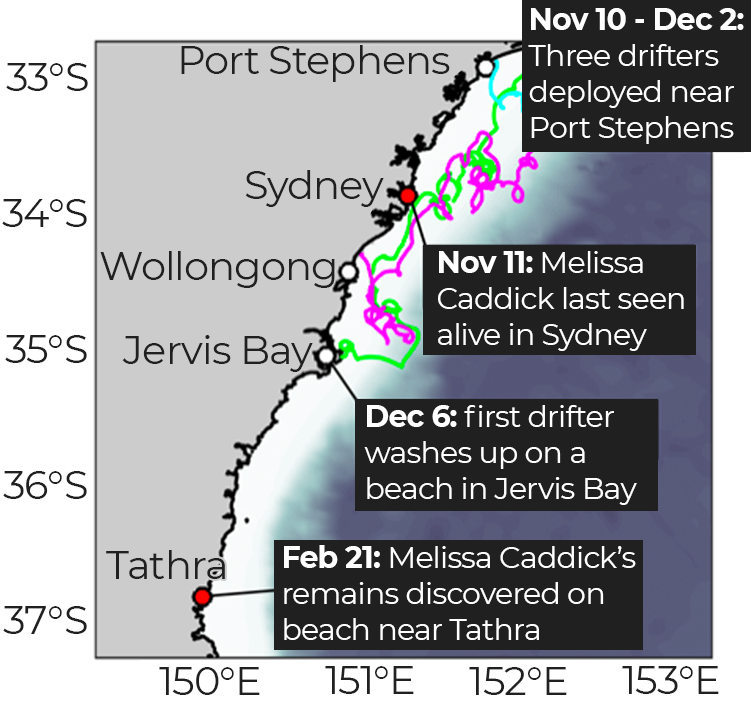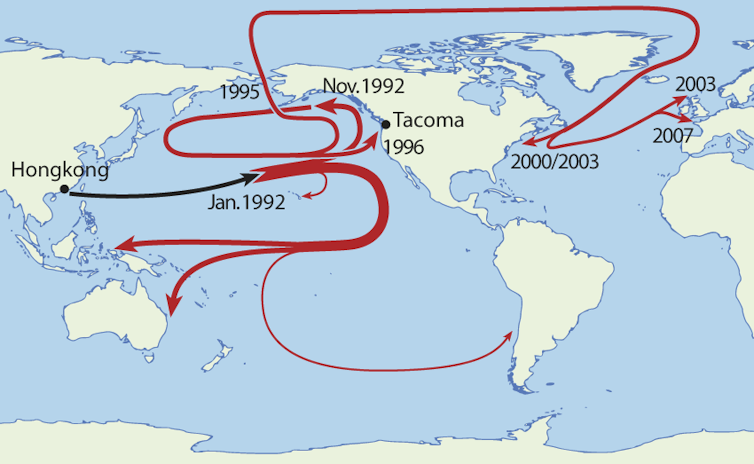Doritos, duckies and disembodied feet: revealing the ocean's hidden highways
The grisly discovery of a disembodied foot on a NSW beach was a tragic twist in the mystery of missing woman Melissa Caddick. Such tragedies can also reveal hidden currents connecting the planet.






